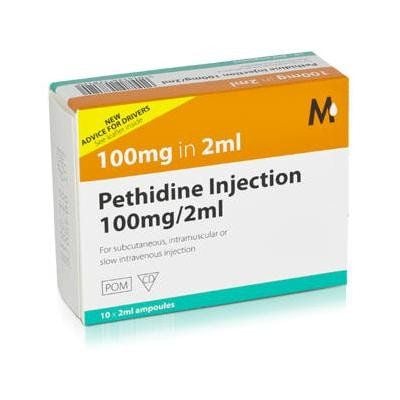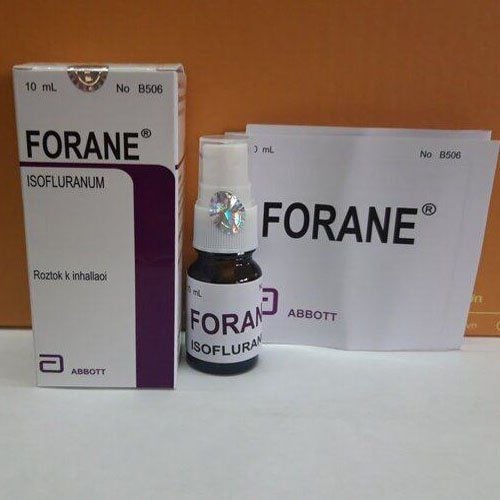This is an automatically translated article.
The article was professionally consulted by Specialist Doctor I Ho Quoc Tuan - Anesthesiologist - General Surgery Department - Vinmec Nha Trang International General Hospital. Doctor Quoc Tuan has many years of experience in the field of Anesthesia - Resuscitation.Intravenous anesthesia is an anesthetic method used in short, minimally invasive surgeries. This technique can be applied to outpatients or patients who do not need much pain relief.
1. What is Intravenous Anesthesia?
Intravenous anesthesia is a method of general anesthesia by injecting sleeping pills, sedatives, and anesthetics through an intravenous line, causing the patient to fall into a reversible anesthetic state in a clinical state. The patient lost consciousness, analgesia, and was neuroprotective. Intravenous anesthesia includes intravenous anesthesia alone and combined intravenous anesthesia:Intravenous anesthesia alone: using a type of anesthetic solution Combined intravenous anesthesia: using an accompanying anesthetic solution pain medication or other anesthetic solution During intravenous anesthesia, the patient can breathe on his own or be intubated to ensure the patient's airway is safe.
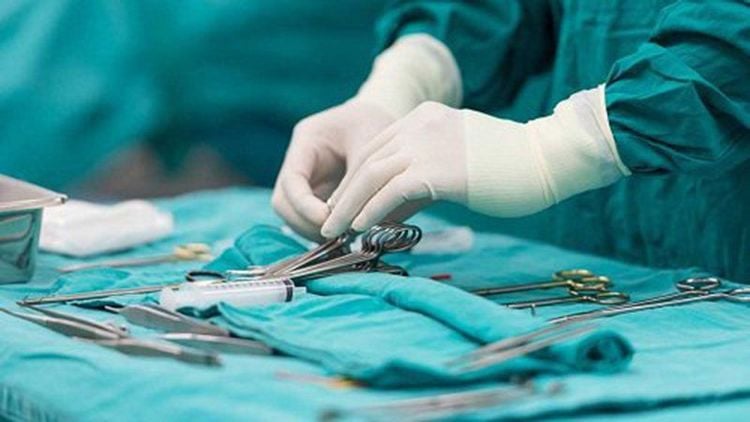
2. The main methods of intravenous anesthesia
The main intravenous anesthetic modalities in use today, include:Thiopental-only intravenous anesthetic modality NLA (neurolepanalgesia) and NNLA (Narco-NLA) intravenous anesthetic modalities: with NLA (Narco-NLA) mode This patient has good pain relief and is still conscious, so it is widely used in clinical practice. Anesthesia analgesia (ANS) method: this method is often applied on severe and prolonged surgery, the autonomic nervous system needs to be well protected... however the method is This requires respiratory support many hours after surgery. Anesthesia analgesia potentialise (AAP): this technique is often applied in medium-sized surgeries. Dissociated anesthesia: this technique can be used both intramuscularly and when blood pressure is low. However, this method is rarely chosen due to the disadvantages of hemodynamic instability, muscle and hallucinations are stimulated... Intravenous anesthesia with propofol alone: to maintain adequate anesthesia, when used propofol alone requires high concentrations, causing patients to take a long time to regain consciousness and accompanied by a number of side effects such as pain... TIVA (Total) Intravenous Anesthesia (Total) intravenous anesthesia): this is a method that combines all of the above methods with more thorough studies. This is the most commonly used method in clinical practice today. The method of complete intravenous anesthesia with propofol with target concentration control: this is an anesthetic method adopted by advanced countries and has become a routine. Targeted concentration-controlled propofol intravenous anesthesia offers many benefits in control of induction and maintenance of anesthesia compared with other conventional techniques of intravenous anaesthesia. Patients who are indicated for surgery with indications for general anesthesia, intubation and respiratory control will apply this method.
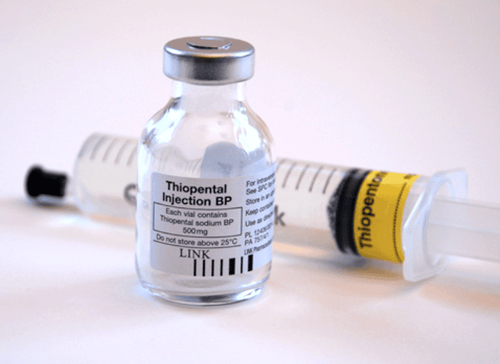
3. Indications for intravenous anesthesia
Intravenous anesthesia is indicated in the following cases:Short-term surgery The need for pain relief is not much Does not require muscle relaxation during surgery Perform surgery outside the abdomen, thoracic surgery for outpatients Perform otolaryngoscopy, gastrointestinal endoscopy Patient has stable respiratory and circulatory status

4. Intravenous anesthesia is contraindicated
Intravenous anesthesia is contraindicated in the following cases:Long surgical time Performing abdominal, thoracic, craniocerebral surgery Requires muscle relaxation during surgery Respiratory and circulatory status of unstable patient patient with liver failure, kidney failure major surgery means of resuscitation not available Inexperienced practitioner Patient has a history of allergy to drugs used for intravenous anesthesia None secure intravenous line
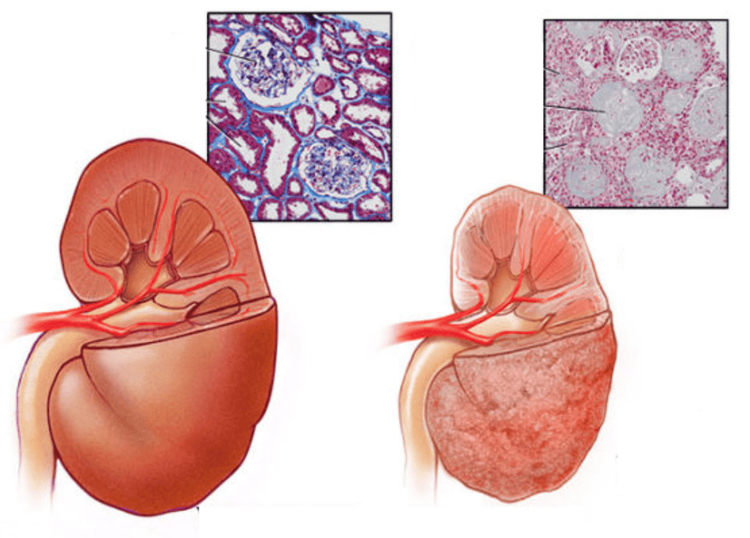
5. Pros and cons of intravenous anesthesia
Any surgical method has different advantages and disadvantages, so the treating doctor will consider and make the best choice for the patient based on the medical history and a number of other factors.5.1 Advantages of Intravenous Anesthesia Intravenous anesthesia has outstanding advantages such as:
This method does not require the use of special tools like other anesthetic techniques This method does not cause environmental pollution, people operating in the operating room avoid inhaling toxic anesthetic vapor This method does not cause fire and explosion in the operating room 5.2 Disadvantages of intravenous anesthetic method: Besides the advantages, the technique causes Intravenous anesthesia still has some disadvantages as follows:
Not applicable to patients with respiratory and circulatory failure, patients need to be supported with breathing and circulatory support if they want to perform. This method The patient is sensitive to the ingredients of the drug or the drug overdose. in short, simple surgeries....

6. Complications when performing intravenous anesthesia
Intravenous anesthesia can cause a number of complications in the patient, such as:Pain at the injection site due to the injection of the drug outside the blood vessel Due to the injection of the drug into the artery: The patient feels sudden pain accompanied by: Burning sensation due to spasm of arteries causing lack of blood supply to other distant parts. Patient has cough, choking, laryngotracheal spasm. Patient has respiratory failure due to overdose, rapid injection, laryngospasm Anesthesia causes vasodilation, inhibits the heart muscle causing the patient to have a heart attack. After awakening from anesthesia, the patient feels dizzy, unable to determine the direction Allergic to the ingredients of the drug, causing the patient to have a rash. Anesthesia is quite common in surgery, but in order to achieve the best results, the patient must be treated by qualified and experienced doctors with a full system of medical equipment, meeting the requirements. surgical equipment.
Currently, Vinmec International General Hospital has a team of professors, doctors, doctors, ... leading in the surgical department who have successfully performed many surgeries, anesthesia and resuscitation. Besides, with modern equipment, complete facilities will bring the highest efficiency for treatment.
Especially, so that patients across the country can easily visit, now, Vinmec International General Hospital also deploys general health checkup packages, helping patients detect many diseases early. disease and get the best treatment.
Please dial HOTLINE for more information or register for an appointment HERE. Download MyVinmec app to make appointments faster and to manage your bookings easily.








